1939
The year 1939 is the year in which I was born.
RCA Television Sets: 1939 RCA introduced America's first consumer television receiver sets at the New York World's Fair in 1939. Picture tubes ranged in size from 5" to 12" and faced upward on top of the cabinet with a tilting mirror to view the picture horizontally. The illustration shown is a 12" Model TRK. All were designed by John Vassos, who established the first internal design department at RCA in 1933, and remained as a consultant until 1964.
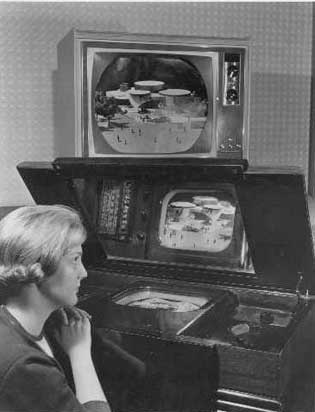
1939 Chevrolet
During the Thirties, one automaker after another followed Ford's
lead and added factory-cataloged station wagons to their lineups. It probably
surprised no one that the 1939 Chevrolets would be among those that adopted
the then-costly and fairly rare body style. What might have seemed curious,
though, was how long it took: Chevy entered the field in 1939, two years after
Pontiac -- which sold in lower numbers -- pioneered the style among General
Motors products.
Chevolet introduced its first station wagon, the 1939 Chevrolet Master 85,
in 1939.
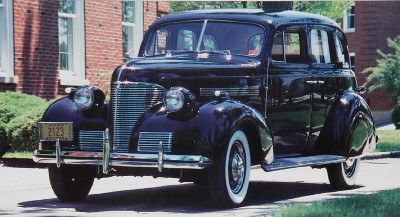

When Chevrolet finally did enter the station wagon market, it
jumped in with both feet. It offered the eight-passenger vehicle in both the
Master 85 series (with beam-axle front suspension) and the Master DeLuxe series
(with coil-spring independent "Knee-Action" front suspension). At
respective starting prices of $848 and $883, they were the priciest cars in
the '39 Chevy line. Model-year output came to 430 Master 85s -- divided between
folding end gate and rear-door versions -- and 989 Master DeLuxes. Station
wagons were built on the same 112.25-inch-wheelbase chassis as other '39 Chevrolets
and were powered by the same 216.5-cid, 85-bhp ohv six-cylinder engine. They
shared the year's new front sheet-metal, including headlamps that rested on
the fender "catwalks" and small horizontal auxiliary grilles.
The 1939 Chevrolet featured new front sheet-metal styling. Though station
wagons now had the division's full blessing, construction of the wood body
components and their assembly was contracted to several firms. Chris Messano,
who restored the '39 Master DeLuxe featured here, had to copy the remnants
of body parts to make a replica of its Campbell body. The large panels are
made of birch; framing is of ash. The proprietor of Chris Messano Woodworks
in the Los Angeles area, he needed two years to complete the restoration after
purchasing the formerly run-down wagon in Redwood City, California, in 1999.
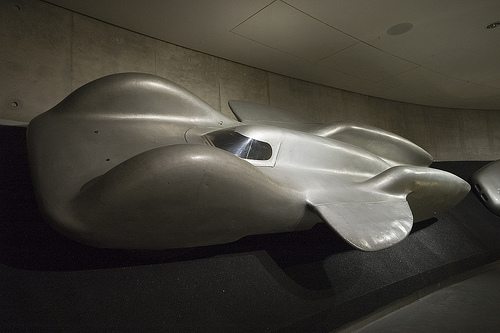
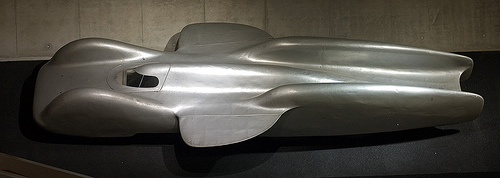
The world record car T80 was built in1939 by Ferdinand Porsche. It was equipped with the plane motor DB 603 with 3,000 HP. The T80 should be the worlds fastet vehicle on 4 wheels. It was planned to race in 1940 with up to 600 km/h over the Autobahn. The start of WWII halted this project, so the T80 was never used.
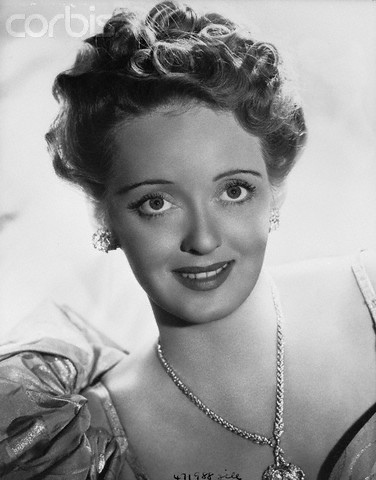
06 Feb 1939, Hollywood, Los Angeles, California, USA --- For her stirring performance in as the Southern belle who didn't give a hoot for Southern tradition, Bette Davis will probably be named the best actress in the movies for 1938 by the Academy of Motion Picture Arts and Sciences. --- Image by © Bettmann/CORBIS

USS Los Angeles (ZR-3), Airship 1924-1939.
USS Los Angeles, a 2,472,000 cubic foot rigid airship was built at Friedrichshafen, Germany. Her construction was partially funded by German World War I reparations and was conditional on her being employed for "civil" purposes. Completed in August 1924 under the builder's number LZ-126, she departed Germany in mid-October 1924 for delivery to the U.S. Navy. After a three day trans-Atlantic flight, the airship arrived at Naval Air Station Lakehurst, New Jersey, where her hydrogen lifting gas was replaced with non-flammable helium. This greatly increased her safety, but also significantly reduced her payload and range. In late November 1924 she was placed in commission as USS Los Angeles and began several years of flight activity to explore the potential of her type for commercial and Naval use. Between February and May 1925, she voyaged twice to Bermuda and one time to Puerto Rico, and made test moorings to the Navy's floating airship base, the oiler Patoka.
In June 1925, Los Angeles began an overhaul at Lakehurst, while her expensive helium gas was transferred to the older dirigible Shenandoah (ZR-1). The latter's tragic loss, on 3 September 1925, produced a temporary shortage of helium, delaying Los Angeles' return to flight service until March 1926. However, she was actively employed for six years after that, five of them as the Navy's only rigid airship. During this time, in addition to her normal training and experimental duties, she was used to calibrate East Coast radio compasses, made several cross-country flights around the eastern and southern United States, landed briefly on the aircraft carrier Saratoga and continued her work with Patoka. A unique incident on 25 August 1927, in which she briefly rose tail-high to a near-vertical position while attached to Lakehurst's tall mooring mast, demonstrated the dangers inherent with this type of facility and led to the adoption of the "stub" mast used for more than three more decades of dirigible and blimp operations.
Also in 1927, Los Angeles began a series of operations that developed techniques for basing airplanes on board airships, a concept that promised to greatly expand the dirigible's potential for fleet scouting. In the winter of 1931, with her "civil use" restrictions diplomatically eased, she flew to Panama to participate in Fleet Problem XII, the first time an airship had taken part in a major U.S. Fleet exercise since 1925. Later in 1931 she operated for a short time with the new USS Akron (ZRS-4), a much larger dirigible whose design owed much to Los Angeles's work. At the end of June 1932, she was decommissioned and placed in preservative storage in Lakehurst's airship hangar. Following reconditioning in 1934, she began three years of non-flying experiments, including open-air moorings. Los Angeles left her hangar for the last time in November 1937 and, in October 1939, was stricken from the Navy list and began the dismantling process. Within a few months, USS Los Angeles, the most successful of the Navy's rigid airships, had been reduced to scrap.

1939 Roadmaqster and 1939 Rudge Whitworth bicycles.
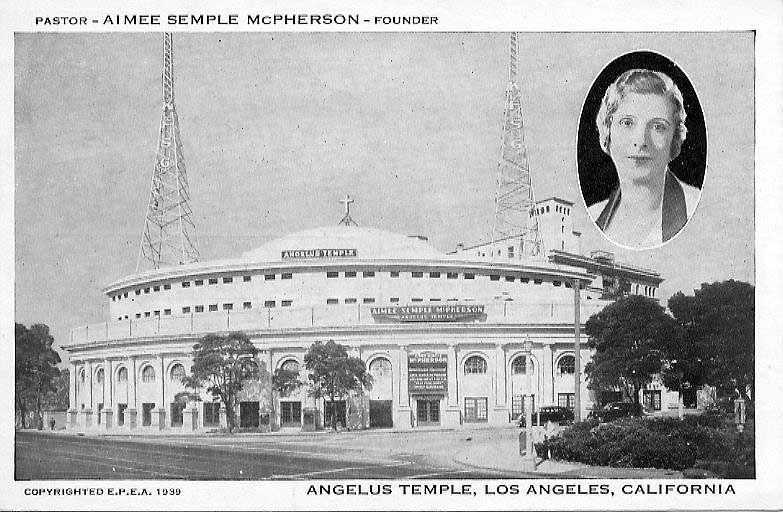
1939 Post Card for Angelus Temple
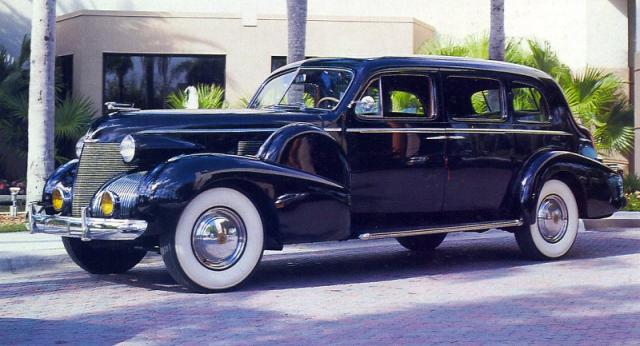
1939 Cadillac Sedan

1939 Cadilla V16 CV Sedan

1939 Chevrolet Master 85 Deluxe
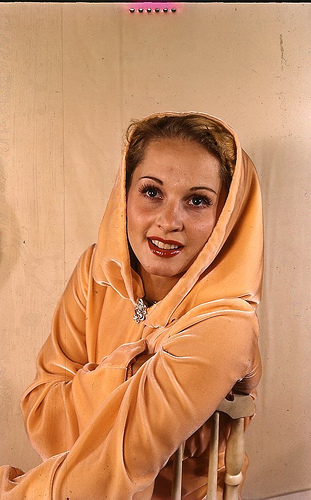
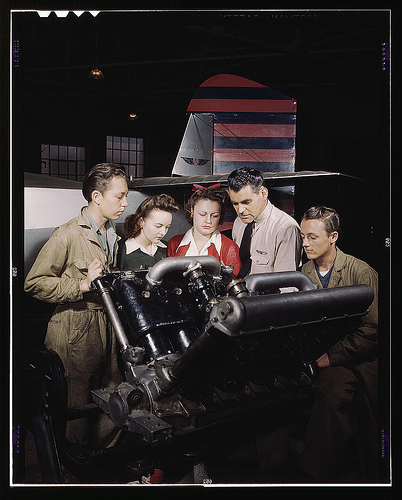
1939 blond model and 1939 Students at Washington High School class training for contributions to war effort, Los Angeles
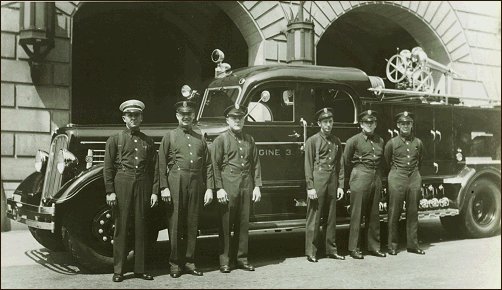
Engine Company No. 203, 217 S. Hill, Los angeles 1939
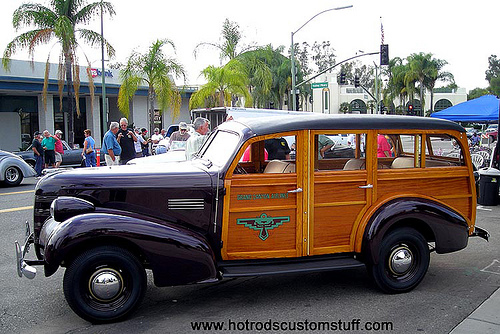
Grand Canyon Airlines 1939 Pontiac Woodie beautifully restored.
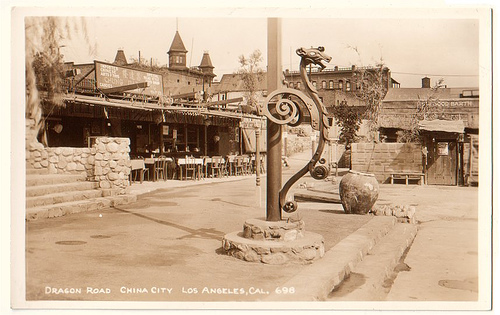
Los Angels New Chinatown 1939
![]()
%20Women%20in%20Aprons.jpg)
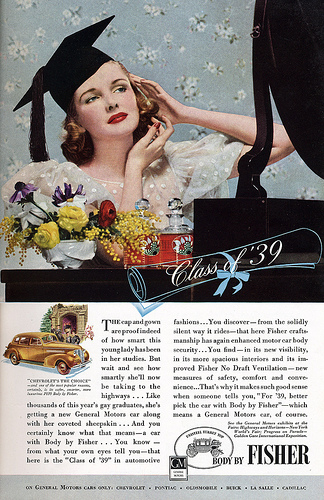
1939 Magazine Advertisements
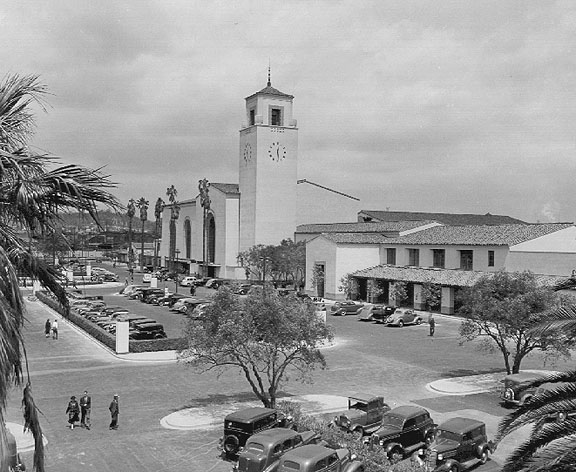
Union Street, Los Angeles 1939
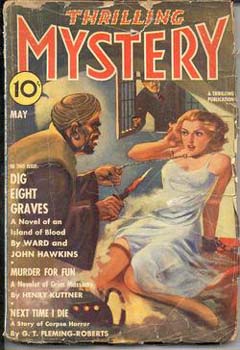
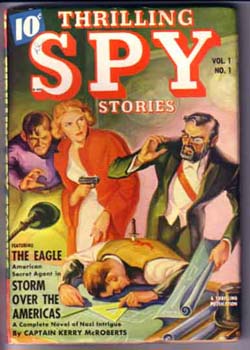
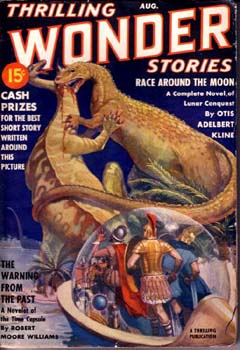
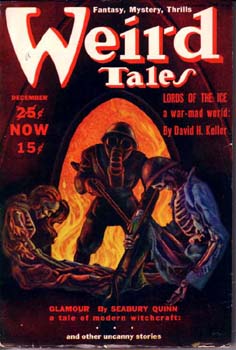
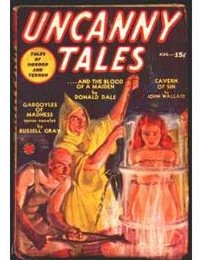
Popular reading in 1939
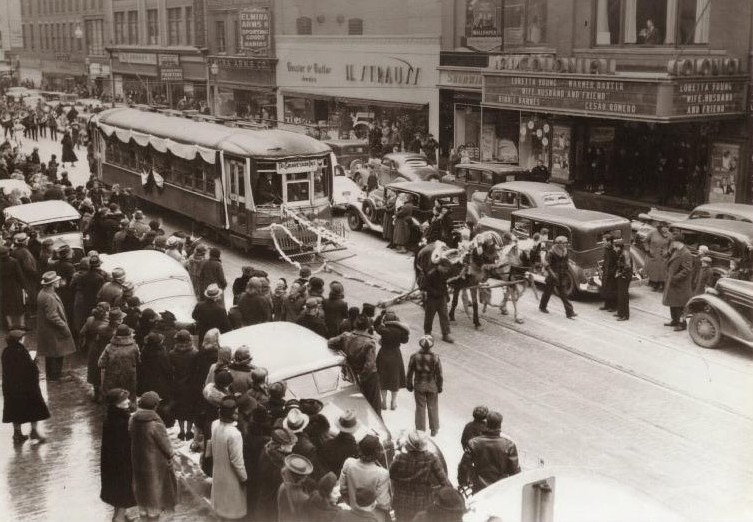
Downtown Elmira, New York 1939
(check out those old cars)
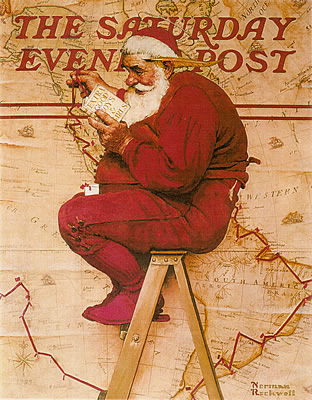
1939
Norman Rockwell
Saturday Evening Post
December 16, 1939
Print: St Nicholas Center Collection
1939-D QUARTER DOLLAR
PCGS No: 5809
Mintage:
Circulation strikes: 7,092,000
Proofs: 0
Designer: John Flanagan
Diameter: ±24.3 millimeters
Metal Content:
Silver - 90%
Copper - 10%
Weight: ±96.6 grains (±6.3 grams)
Edge: Reeded
Mintmark: "D" (for Denver) below the wreath on the reverse
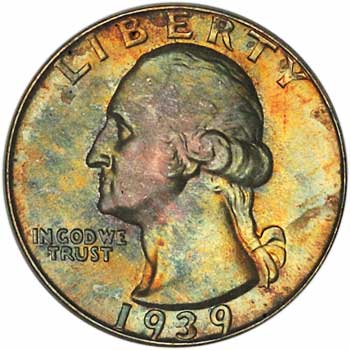
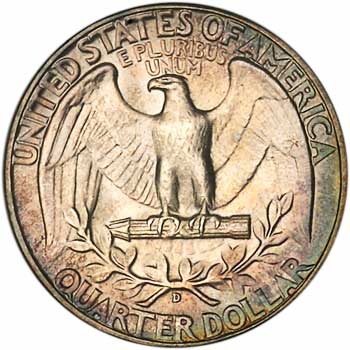
Entertainment
Movie historians and film buffs often look back on the year 1939 as "the greatest year in film history". Hollywood was at the height of its Golden Age, and this particular year saw the release of an unusually large number of exceptional movies, many of which have been honored as all-time classics, when multitudes of other films of the era have been largely forgotten.
August 15 - The Wizard of Oz premieres in the US.
December 15 - Gone with the Wind premieres in Atlanta, Georgia, USA with a 3-day festival.
Top grossing films (U.S.)
1. Gone with the Wind MGM
2. The Wizard of Oz MGM
3. Ninotchka MGM
3. Jesse James 20th Century Fox
5. Mr Smith Goes to Washington Columbia
6. The Hunchback of Notre Dame RKO
7. The Old Maid Warners Bros.
8. The Rains Came 20th Century Fox
9. The Story of Vernon and Irene Castle RKO
10. Goodbye, Mr. Chips MGM
11. Another Thin Man MGM
Academy Awards
12th Academy Awards
* Best Picture: Gone with the Wind - David O. Selznick, MGM
* Best Director: Victor Fleming - Gone with the Wind
* Best Actor: Robert Donat - Goodbye, Mr. Chips
* Best Actress: Vivien Leigh - Gone with the Wind
* Best Supporting Actor: Thomas Mitchell - Stagecoach
* Best Supporting Actress: Hattie McDaniel - Gone with the Wind
Films released in 1939
* The Adventures of Sherlock Holmes
* Andy Hardy Gets Spring Fever, starring Lewis Stone, Mickey Rooney, Cecilia
Parker, and Fay Holden
* Another Thin Man, starring William Powell and Myrna Loy
* The Arsenal Stadium Mystery
* Ask a Policeman
* At the Circus
* Babes in Arms
* Bachelor Mother
* Barricade
* Beau Geste, starring Gary Cooper and Ray Milland
* Boys' Reformatory
* Dark Victory, starring Bette Davis (favorite role)
* Daughter of The Tong
* Destry Rides Again, starring James Stewart
* Dodge City, starring Errol Flynn and Olivia de Havilland
* Drums Along the Mohawk, directed by John Ford, starring Henry Fonda and
Claudette Colbert
* Each Dawn I Die
* Everything Happens At Night
* The Four Feathers starring John Clements and Ralph Richardson
* Frontier Marshal
* Gone with the Wind, starring Clark Gable and Vivian Leigh
* Goodbye, Mr. Chips, starring Robert Donat and Greer Garson
* The Gorilla (1939)
* Gulliver's Travels
* The Hardys Ride High, starring Lewis Stone, Mickey Rooney, Cecilia Parker,
and Fay Holden
* Hollywood Cavalcade, starring Alice Faye, Don Ameche, J. Edward Bromberg,
Alan Curtis
* The Hound of the Baskervilles, starring Basil Rathbone and Nigel Bruce
* The Hunchback of Notre Dame, starring Charles Laughton and Maureen O'Hara
* In Name Only, starring Cary Grant, Carole Lombard and Kay Francis
* Intermezzo, starring Ingrid Bergman and Leslie Howard
* Jamaica Inn, by Alfred Hitchcock
* Jesse James, starring Tyrone Power, Henry Fonda, Nancy Kelly, and Randolph
Scott
* Judge Hardy and Son Starring Lewis Stone, Mickey Rooney, Cecilia Parker,
and Fay Holden
* King Of The Underworld
* Le Jour se lève (Daybreak)
* Let Us Live starring Maureen O'Sullivan and Henry Fonda
* The Light that Failed, starring Ronald Colman
* Love Affair
* Mexicali Rose, starring Gene Autry
* Midnight
* Mr. Smith Goes to Washington, starring James Stewart, Jean Arthur, and Claude
Rains
* Of Mice and Men, starring Burgess Meredith, Betty Field, Lon Chaney Jr.
* On Dress Parade, starring The Dead End Kids
* Only Angels Have Wings, with Cary Grant and Jean Arthur
* On Your Toes, screenplay by the playwright Lawrence Riley et al. (film mentioned
in article)
* Ninotchka, starring Greta Garbo
* The Private Lives of Elizabeth and Essex
* Q Planes, starring Ralph Richardson and Sir Laurence Olivier
* Range War, a Hopalong Cassidy western starring William Boyd
* The Roaring Twenties
* The Rules of the Game (La règle du jeu), by Jean Renoir
* Seven Little Australians directed by Arthur Greville Collins
* The Son of Frankenstein, starring Boris Karloff
* The Spy in Black
* Stagecoach, directed by John Ford, starring John Wayne, Claire Trevor, Berton
Churchill
* Stanley and Livingstone, starring Spencer Tracy and Sir Cedric Hardwicke
* The Story of the Last Chrysanthemums
* The Story of Vernon and Irene Castle
* Three Texas Steers, starring John Wayne, directed by George Sherman
* The Wizard of Oz, starring Judy Garland and Ray Bolger
* The Women, with Norma Shearer, Joan Crawford and Rosalind Russell
* Wuthering Heights, starring Merle Oberon, Sir Laurence Olivier, David Niven
and Flora Robson
* Wyoming Outlaw, starring John Wayne, directed by George Sherman
* Young Mr. Lincoln, directed by John Ford, starring Henry Fonda
Serials
* Buck Rogers, starrng Buster Crabbe BUCK ROGERS LINK
* Dick Tracy's G-Men, starring Ralph Byrd DICK
TRACY LINK
* Daredevils of the Red Circle, starring Herman Brix and Charles B. Middleton
* Flying G-Men
* The Lone Ranger Rides Again THE
LONE RANGER LINK
* Mandrake the Magician, starring Warren Hull
* The Oregon Trail
* Overland with Kit Carson
* The Phantom Creeps, starring Bela Lugosi
* Scouts to the Rescue
* Zorro's Fighting Legion, starring Reed Hadley
Short film series
* Buster Keaton (1917-1941)
* Laurel and Hardy (1921-1943)
* Charley Chase (1924-1940)
* Our Gang (1922-1944) OUR
GANG
Animated short film series
* Krazy Kat (1925-1940)
KRAZY KAT
* Mickey Mouse (1928-1953)
* Silly Symphonies (1929-1939)
* Looney Tunes (1930-1969)
* Terrytoons (1930-1964)
* Merrie Melodies (1931-1969)
* Scrappy (1931-1941)
* Betty Boop (1932-1939)
BETTY BOOP LINK
* Popeye (1933-1957)
* Color Rhapsodies (1934-1949)
* Donald Duck (1937-1956)
* Walter Lantz Cartunes (also known as New Universal Cartoons or Cartune Comedies)
(1938-1942)
* The Captain and the Kids (1938-1939)
* Goofy (1939-1955)
* Andy Panda (1939-1949)
* Nertsery Rhyme Cartoons (1939)
* Crackpot Cruise Cartoons (1939)
* Lil' Eightball (1939)
* Count Screwloose and J.R. (1939)
Births
* January 10 - Sal Mineo, actor (+ 1976)
* February 3 - Michael Cimino, director
* February 6 - Mike Farrell, American actor
* February 9 - Janet Suzman, actress
* March 5 - Samantha Eggar, actress
* April 7 - Francis Ford Coppola, director, producer, writer
* April 12 - Alan Ayckbourn, writer
* April 13 - Paul Sorvino, actor
* May 13 - Harvey Keitel, actor
* May 19 - Nancy Kwan, actress
* May 25 - Ian McKellen, actor
* May 30 - Michael J. Pollard, actor
* July 30 - Peter Bogdanovich, director
* July 31 - France Nuyen, actress
* August 2 - Wes Craven, director, producer, writer
* August 12 - George Hamilton, actor
* August 25 - John Badham, director
* August 29 - Joel Schumacher, director
* August 30 - Elizabeth Ashley, actress
* September 1 - Lily Tomlin, actress
* September 18 - Frankie Avalon, actor, singer
* September 29 - Larry Linville, American actor (d. April 10, 2000)
* October 8 - Paul Hogan, actor
* October 22 - Tony Roberts, actor
* October 24 - F. Murray Abraham, actor
* October 27 - John Cleese, actor
* October 28 - Jane Alexander, actress
* November 22 - Allen Garfield, actor
Events of 1939
January
* January 1
The Hewlett-Packard Company is founded.
Texas A&M University wins its first football national championship
* January 2 - End of term for Frank Finley Merriam, 28th Governor of California.
He is succeeded by Culbert Levy Olson.
* January 5 - Amelia Earhart is officially declared dead after her disappearance.
* January 6 - Naturwissenschaften publishes evidence that nuclear fission
has been achieved by Otto Hahn.
* January 13 - Black Friday: 71 people die across Victoria in one of Australia's
worst ever bushfires.
* January 24 - Earthquake kills 30,000 in Chile – about 50,000 sq mi
razed.
* January 26 - Spanish Civil War: Troops loyal to Francisco Franco, and aided
by Italy, take Barcelona.
February
February 21: Golden Gate International Exposition opens.
* February 2 - Hungary joins Anti-Comintern Pact.
* February 10 - Falangists take Catalonia.
* February 21 - Golden Gate International Exposition opens in San Francisco,
California.
* February 27
o United Kingdom and France recognize Franco's government.
o Borley Rectory burns.
o Sit-down strikes are outlawed by the Supreme Court of the United States.
* February 28 - The first issue of Serbian weekly magazine Politikin zabavnik
was published.
March
* March - End of the Great Arab Revolt in the British mandate
of Palestine (started 1936
* March 1 - 94 killed, Japanese Imperial Army ammunition dump exploded at
outskirt of Osaka.
* March 2 - Pope Pius XII (Cardinal Pacelli) succeeds Pope Pius XI as the
260th pope.
* March 3
o In Bombay, Mohandas Gandhi begins to fast in protest of the autocratic rule
in India.
o Students at Harvard University demonstrate the new tradition of swallowing
goldfish to reporters.
* March 13 - Hitler advises Jozef Tiso to declare Slovakia's independence
in order to prevent its partition by Hungary and Poland.
* March 14 - Slovak provincial assembly proclaims independence - priest Jozef
Tiso becomes the president of independent Slovak government.
* March 15 - German troops occupy the remaining part of Bohemia and Moravia;
Czechoslovakia ceases to exist; beginning hostilities leading to WWII. The
Ruthenian region of Czechoslovakia declares independence as Carpatho-Ukraine.
* March 16 - Marriage of Princess Fawzia of Egypt to Shah Mohammad Reza Pahlavi
of Iran. Hungary invades Carpatho-Ukraine; final resistance ends on March
18.
* March 22 - After an ultimatum of March 20 Nazi Germany takes Klaipeda Region
from Lithuania
* March 23 - Slovak-Hungarian War begins.
* March 25 - The second cartoon to feature Happy Rabbit, Prest-O Change-O,
is released.
* March 26 - The Philadelphia Story, a comedy by Philip Barry starring Katharine
Hepburn, debuts at the Shubert Theater in New York City.
* March 28
o Dictator Francisco Franco assumes power in Madrid.
o The last message from adventurer Richard Halliburton - he disappears later.
April
* April 1 - Spanish Civil War comes to an end when the last
of the Republican forces surrendered.
* April 4 - Faisal II becomes King of Iraq. Slovak-Hungarian War ends with
Slovakia ceding eastern territories to Hungary.
* April 7 - Italy invades Albania - King Zog flees.
* April 9 - Singer Marian Anderson performs before 75,000 people at the Lincoln
Memorial in Washington, D.C. after having been denied the use both of Constitution
Hall by the Daughters of the American Revolution and of a public high school
by the federally-controlled District of Columbia.
* April 11 - Hungary leaves the League of Nations.
* April 14 - John Steinbeck's novel The Grapes of Wrath is first published.
* April 27 - Ely Racecourse closes.
* April 30 - New York World's Fair opens.
May
* May 2 - Batman, created by Bob Kane (and, unofficially, Bill
Finger), makes his first appearance.
* May 2 - Major League Baseball's Lou Gehrig, the legendary Yankee first baseman
known as "The Iron Horse", ends his 2130 consecutive games played
streak after contracting amyotrophic lateral sclerosis. The record will stand
for 56 years before Cal Ripken, Jr. plays 2131 consecutive games.
* May 3 - The All India Forward Bloc is formed by Netaji Subhash Chandra Bose.
* May 7 - Spain leaves the League of Nations.
* May 17 - King George VI and Queen Elizabeth arrive in Quebec City to begin
the first-ever tour of Canada by Canada's monarch.
* May 20 - Pan-American Airways begins trans-Atlantic mail service with the
inaugural flight of its Yankee Clipper from Port Washington, New York.
* May 22 - Germany and Italy sign the Pact of Steel.
* May 29 - Northamptonshire gains (over Leicestershire at Northampton) their
first victory for 99 matches, easily a record in the County Championship.
Their last Championship victory was as far back as 14 May 1935 over Somerset
at Taunton.
June
June 24: Siam is renamed "Thailand"
June 24: Siam is renamed "Thailand"
* June 4 - The SS St. Louis, a ship carrying a cargo of 907
Jewish refugees, is denied permission to land in Florida after already having
been turned away from Cuba. Forced to return to Europe, most of its passengers
later die in Nazi concentration camps during the Holocaust.
* June 12 - The National Baseball Hall of Fame and Museum is officially dedicated
in Cooperstown, New York.
* June 17 - Last public guillotining in France - murderer Eugen
Weidmann is decapitated by the guillotine.
* June 23 - Turkey annexes Hatay.
* June 24 - Government of Siam changes its name to Thailand, which means 'Free
Land'.[1]
July* July 2 -
The 1st World Science Fiction Convention opens in New York City.
* July 4
o Lou Gehrig gives his last public speech, following his diagnosis of amyotrophic
lateral sclerosis (ALS). In it, he states, "Today, I consider myself
the luckiest man on the face of the earth."
o The concentration camp Neuengamme becomes autonomous.
* July 6 - The last remaining Jewish enterprises in Germany are closed by
the Nazis.
August
* August 2 - Albert Einstein writes President Franklin Roosevelt
about developing the Atomic Bomb using Uranium. This led to the creation of
the Manhattan Project.
* August 15 - MGM's classic musical film version of The Wizard of Oz, starring
Judy Garland, Ray Bolger, Jack Haley and Bert Lahr, premieres at Grauman's
Chinese Theatre in Hollywood. Winner of three Academy Awards, it will not
do quite as well as hoped on first release, but years later, after two theatrical
re-releases, will grow to legendary status with its annual showings on TV.
* August 20 - Armored forces under the command of Soviet General Georgi Zhukov
deliver a decisive defeat to forces of the Japanese Imperial Army in the Japanese-Soviet
border war in Inner Mongolia. Although largely unnoticed in the West, this
event enhances Soviet military prestige in the East, leading to the Japanese-Soviet
non-aggression pact of 1941, and increases German motivation to conclude a
non-aggression pact with the Russians before invading Poland.
* August 23 - Molotov-Ribbentrop Pact: Hitler and Stalin agree to divide Europe
between themselves (Finland, Estonia, Latvia and eastern Poland to the USSR;
Lithuania and western Poland to Germany).so they would not have to fight on
two fronts.
* August 25 - An IRA bomb explodes in the centre of Coventry, England killing
five people.
* August 26 - The Kriegsmarine orders all German flagged merchant ships to
head to German ports immediately in anticipation of the Invasion of Poland.
* August 27 - A Heinkel 178, the first turbojet-powered aircraft, flies for
the first time with Captain Erich Warsitz in command.
* August 30 - Poland begins mobilization against Nazi Germany.
September
* September 1 - WWII: Nazi Germany invades Poland, beginning
the Second World War in Europe.'
* September 1 - German navy fires on Danzig.
* September 1 - Norway, Finland, Sweden, and Switzerland declare their neutrality.
* September 2 - Following the invasion of Poland, Danzig (now Gdansk, Poland)
is annexed to Nazi Germany.
* September 2 - Spain and Ireland declare their neutrality.
* September 3 - WWII: United Kingdom, France, New Zealand and Australia declare
war on Germany.
* September 4 - WWII: Nepal declares war on Germany.
* September 5 - WWII: The United States declares its neutrality in the war.
* September 6 - WWII: South Africa declares war on Germany.
* September 9 - Canada declares war on Germany.
* September 16 - Ceasefire ending undeclared Border War between The Soviet
Union (and Mongolian allies) and Japan.
* September 17 - Soviet Union invades Poland and then occupies eastern Polish
territories.
* September 21 - Radio station WJSV in Washington, D.C. records an entire
broadcast day for preservation in the National Archives.
* September 23 - Death of Sigmund Freud.
* September 27 - Warsaw surrenders to Germany; Modlin surrenders day later;
last Polish large operational unit surrenders near Kock eight days later.
October
* October 8 - WWII: Germany annexes Western Poland.
* October 11 - Manhattan Project: US President Franklin D. Roosevelt is presented
with a letter signed by Albert Einstein urging the United States to rapidly
develop the atomic bomb.
* October 12 - Jüri Uluots becomes prime minister of Estonia.
* October 14 - German U-Boat U-47 sinks British battleship HMS Royal Oak.
* October 15 - The New York Municipal Airport (later renamed La Guardia Airport)
is dedicated.
* October 24 - Nylon stockings go on sale for the first time anywhere in Wilmington,
Delaware.
* October 25 - The Time of Your Life, a drama by William Saroyan, debuts in
New York City.
November
* November 4 - WWII: US President Franklin D. Roosevelt orders
the United States Customs Service to implement the Neutrality Act of 1939,
allowing cash-and-carry purchases of weapons to non-belligerent nations.
* November 6
o Hedda Hopper's Hollywood debuts on radio with Hollywood gossip columnist
Hedda Hopper as host (the show ran until 1951 and made Hopper a powerful figure
in the Hollywood elite).
o WWII: Sonderaktion Krakau, the codename for a German action against scientists
from the University of Kraków and other Kraków universities
at the beginning of World War II.
* November 8
o Venlo Incident: Two British agents of SIS are captured by the Germans.
o In Munich, Adolf Hitler narrowly escapes an assassination attempt by Georg
Elser while celebrating the 16th anniversary of the Beer Hall Putsch.
* November 15 - In Washington, DC, US President Franklin D. Roosevelt lays
the cornerstone of the Jefferson Memorial.
* November 16 - Al Capone released from Alcatraz
* November 30 - Winter War begins: Soviet forces attack Finland and reach
the Mannerheim Line, starting the war.
* November 30 - Sweden declares non-warfaring (not neutral) in the Winter
War.
December
December 15: Gone with the Wind premieres.
December 15: Gone with the Wind premieres.
* December 2 - La Guardia Airport opens for business in New
York City.
* December 13 - WWII - Battle of the River Plate: German pocket battleship
Admiral Graf Spee trapped by cruisers HMS Ajax, HMNZS Achilles, and HMS Exeter
after a running battle off the coast of Uruguay. Admiral Graf Spee is scuttled
by its crew off Montevideo harbor on December 17.
* December 14 - League of Nations expels the USSR for attacking Finland.
* December 15 - The film version of Gone with the Wind, starring Vivien Leigh,
Clark Gable, Olivia de Havilland and Leslie Howard, premieres at Loew's Grand
Theatre in Atlanta, Georgia.
* December 26 - Mining strike in Borinage, Belgium
* December 27 - Earthquake in Eastern Anatolia, Turkey, destroys the town
of Erzincan - about 30,000 dead.
* December 31 - The Hunchback of Notre Dame, the first sound film version
of the Victor Hugo classic, is released by RKO. It stars Charles Laughton
as Quasimodo the hunchback, and Maureen O'Hara as Esmerelda the gypsy.
Undated
* Kirlian photography is invented by Semyon Kirlian.
* A logging crew sets off a second forest fire in the Tillamook Burn, which
destroys 190,000 acres (769 km²).
* Sandia View Academy, a private Adventist school, is founded in Corrales,
New Mexico.
Ongoing
* Spanish Civil War (1936-1939).
* Sino-Japanese War (1937-1945).
* The Great Depression (1929-The Late 1930s, early 1940s).
* World War II (1939-1945).
Fictional
* All Dogs Go to Heaven (1989) - Takes place in 1939 New Orleans
* According to "The Twilight Zone Tower of Terror" theme park attraction
and the derivative 1997 television movie Tower of Terror, it was on October
31, 1939 that five unfortunate souls aboard an elevator at the fictional Hollywood
Tower Hotel were cast into the Twilight Zone when the tower was struck by
lightning. Since this event, the hotel has been abandoned and apparently cursed.
Notice: Many images on this WEB Site have been gathered
from other WEB Sites throughout the WWW and may or may not be copyright protected.
If any person or orginization owns copyrights to any images displayed on this
site, and would like them removed, please notify me via e-mail (donmail3@cox.net)
and I will remove them, or add a requested link to the owner, if desired.